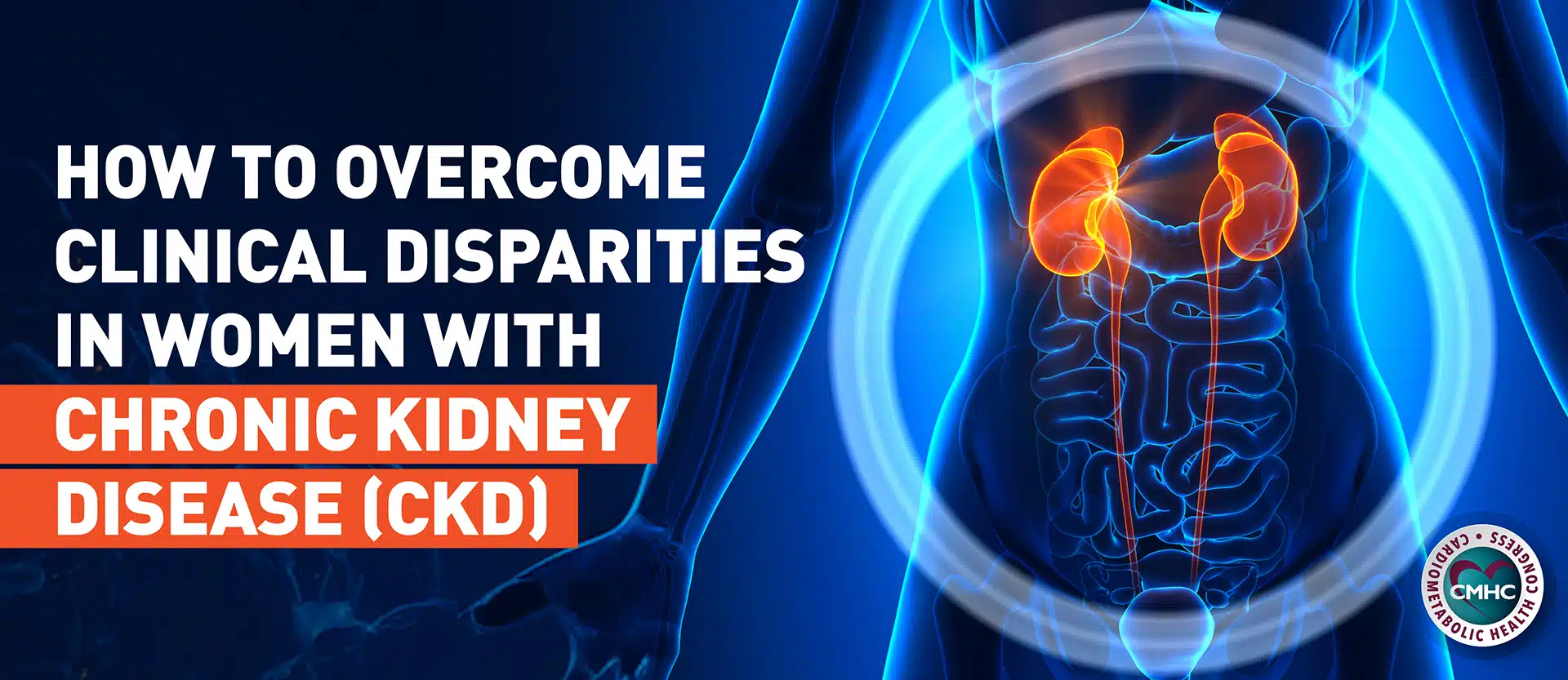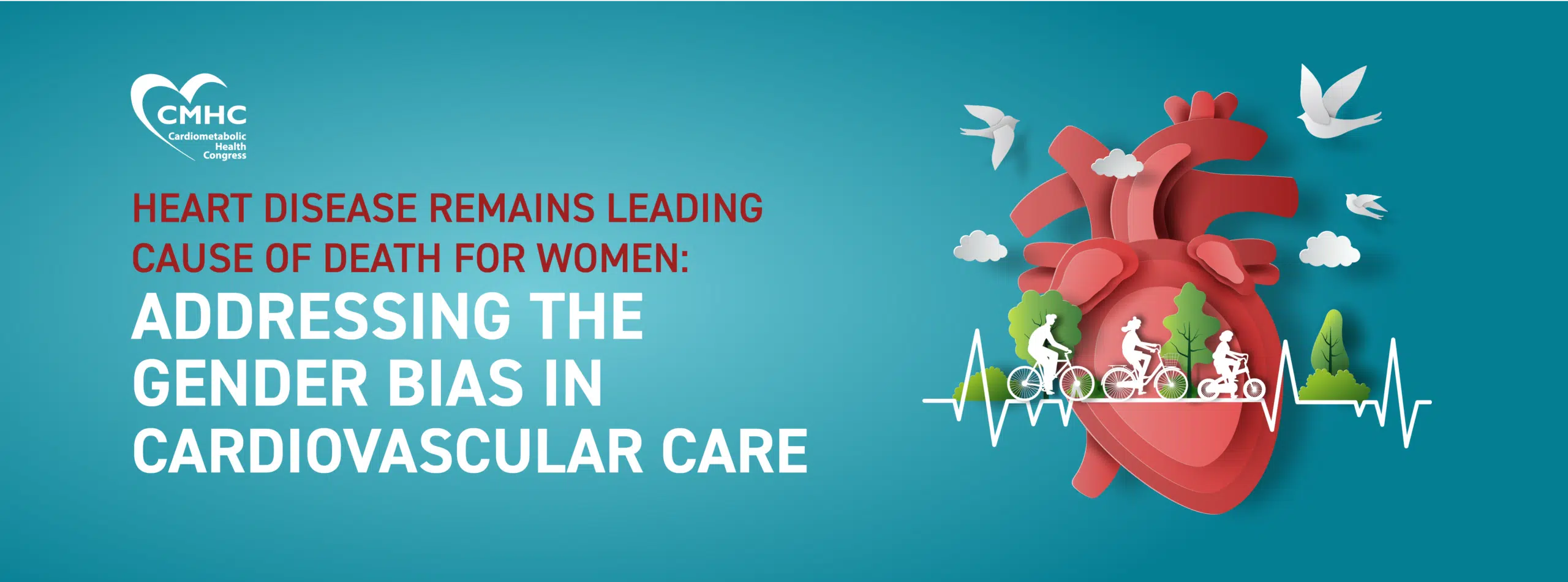Despite efforts to increase gender equality in medicine, just 1 in 5 fellows of the American College of Cardiology are women, and the percentage of women in the U.S. that are practicing cardiologists is only 12.6%. As patients, women are underrepresented in cardiology clinical trials and are less likely to receive appropriate therapies when experiencing certain cardiovascular events such as acute myocardial infarction. Because the gender composition of both providers and patients heavily disfavors women, members of the Cardiovascular Disease in Women Section of the American College of Cardiology recently conducted a review of available data to determine if provider-patient gender plays a role in patient outcomes.
The review
The hypothesis that patient-provider gender concordance may influence patient outcomes was examined via a study of patients admitted to Florida hospitals for AMI between 1991 and 2010. Investigators observed that mortality was highest among female patients treated by male physicians, but mortality rates were similar between men and women if the treating physician was female. Patient-provider gender concordance was associated with a reduced probability of death by 5.4% relative to a baseline mortality rate of 11.9%.
The authors acknowledge data from randomized controlled studies is still needed, although recent observational data support gender differences in patient outcomes. The mechanisms underlying these disparities and whether physician-patient concordance plays a role in them are unknown. Limited observational studies suggest female physicians spend more time with patients and tend to exhibit more patient-centered communication techniques that are generally preferred by patients.
Conclusions and recommendations
Concluding that increasing gender agreement in the patient-physician relationship may improve outcomes, and to better reflect the gender composition of the overall patient population, researchers recommend:
| • | Increasing the number of women in the cardiology workforce pipeline. This effort encompasses comprehensive interventions that directly address implicit and explicit biases that limit opportunities for women providers. Providing improved mentoring and earlier exposure to the practice of cardiovascular medicine, both in the inpatient and outpatient settings, would facilitate this. |
| • | Changing the culture of cardiology to encourage female- and family-friendly perspectives. In a survey of internal medicine trainees, respondents who emphasized work-life balance and female-friendliness were more likely not to pursue cardiology as a subspecialty. Interventions to embrace both family and women are vital for the recruitment and retention of more women in cardiovascular specialties. |
| • | Increasing the number of women in leadership positions in cardiovascular medicine. The consideration of women for leadership in cardiology should be encouraged through sponsorship, mentorship, and flexible career pathways. Diverse leadership promotes innovation and advancement in patient care, research, and health care delivery. |
Key takeaway
Evidence shows that providers who more closely resemble their patients provide better care, resulting in better outcomes. Because cardiovascular disease uniquely affects women, it is advantageous for the medical field to encourage, promote, and enforce the employment of women in cardiology.
Sources:


















